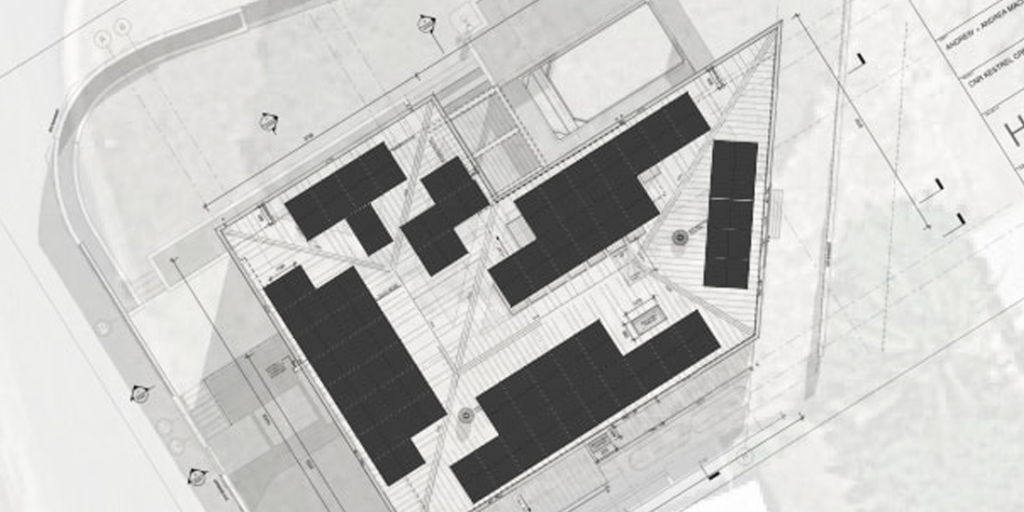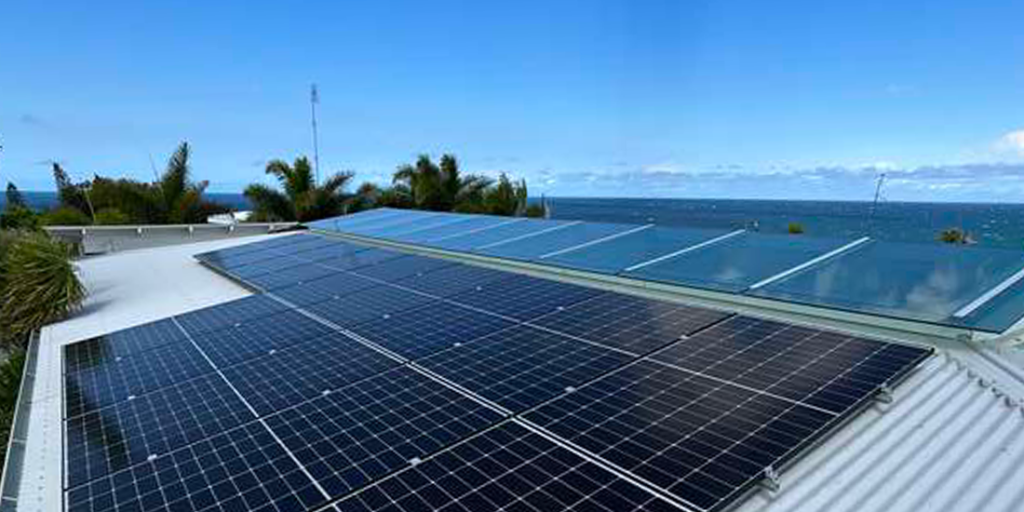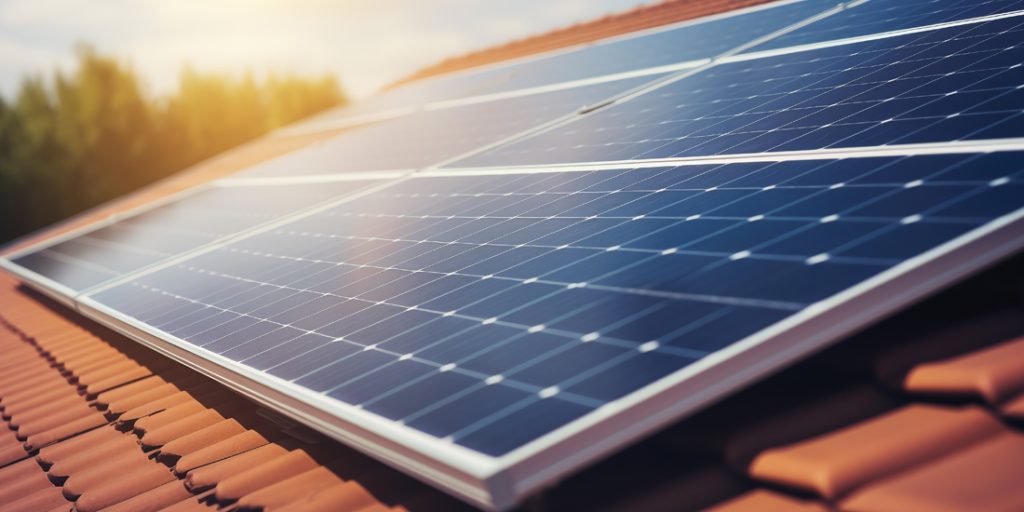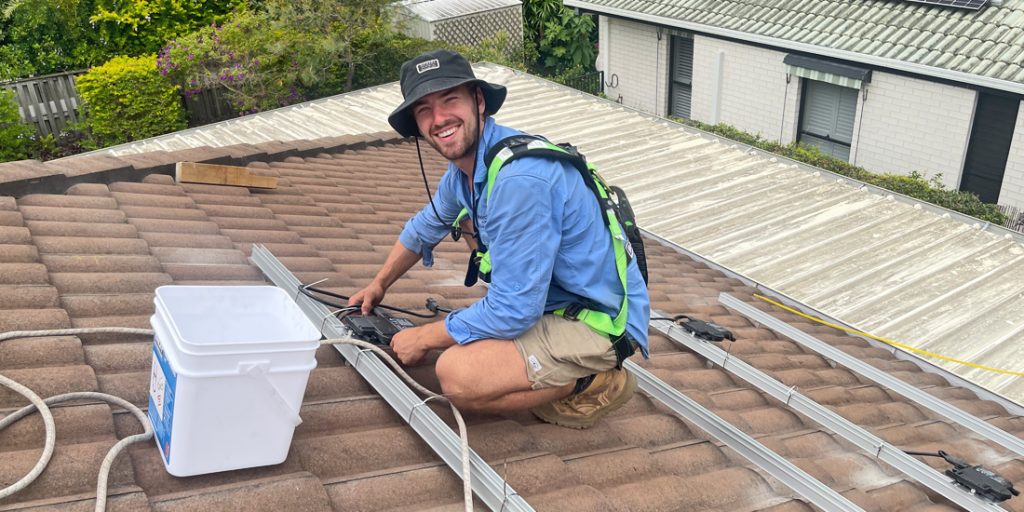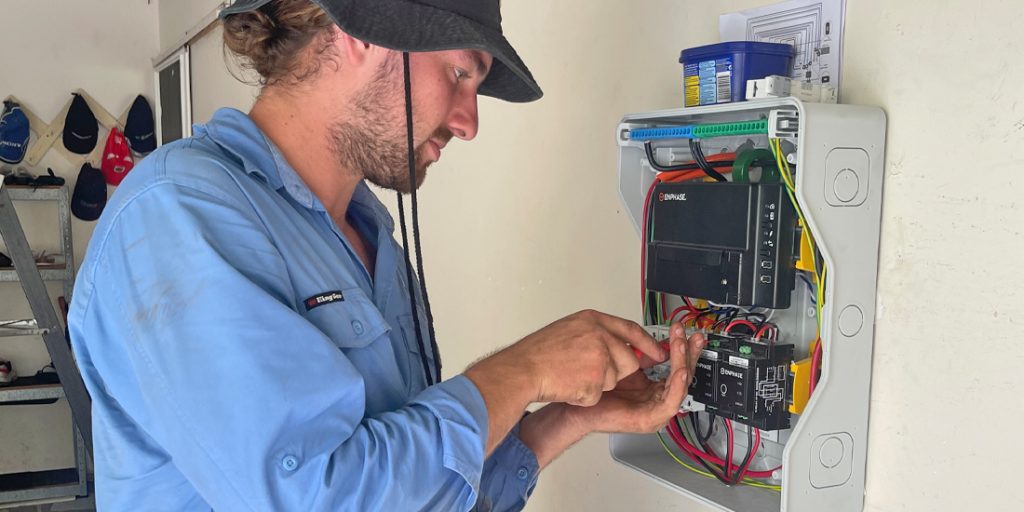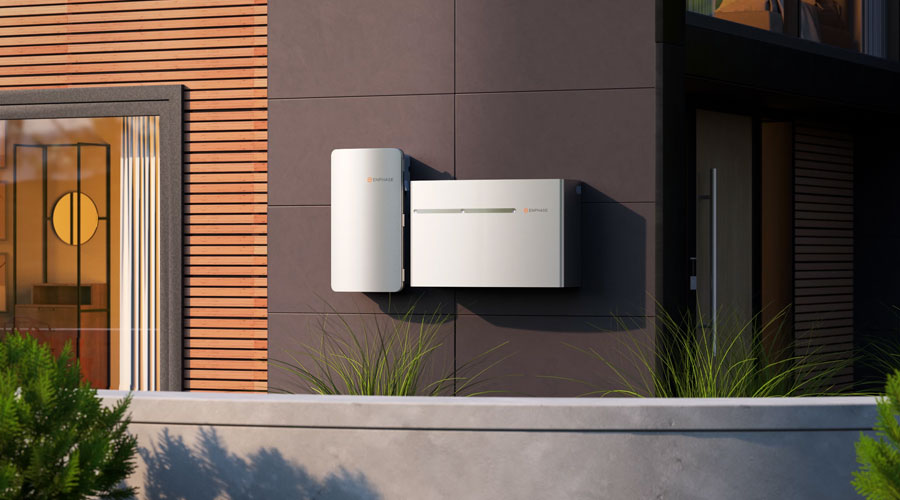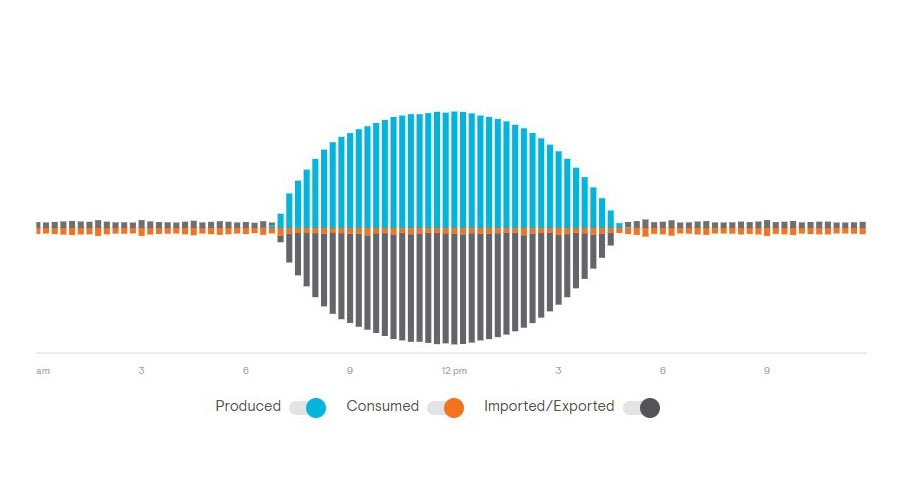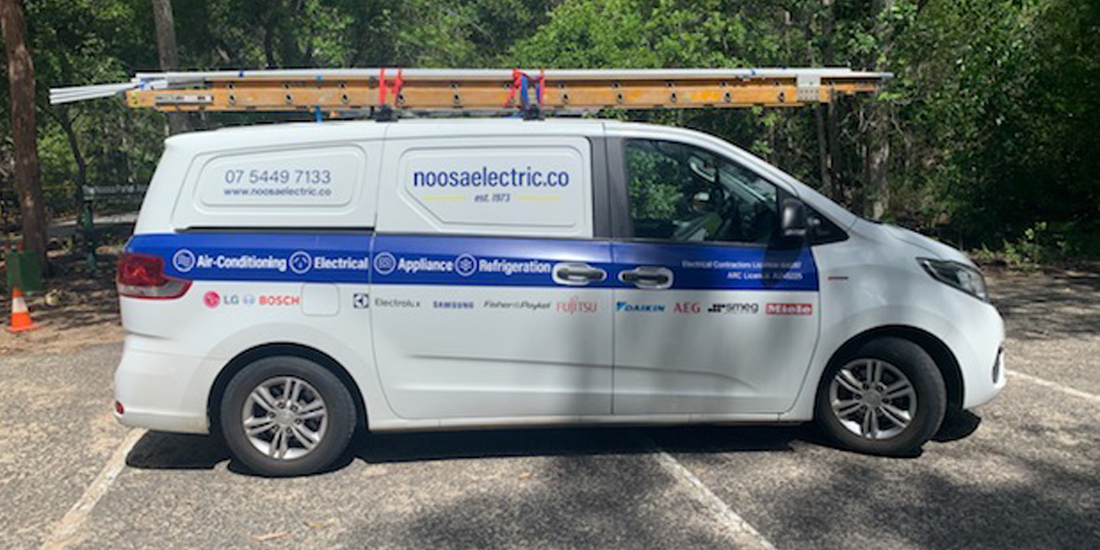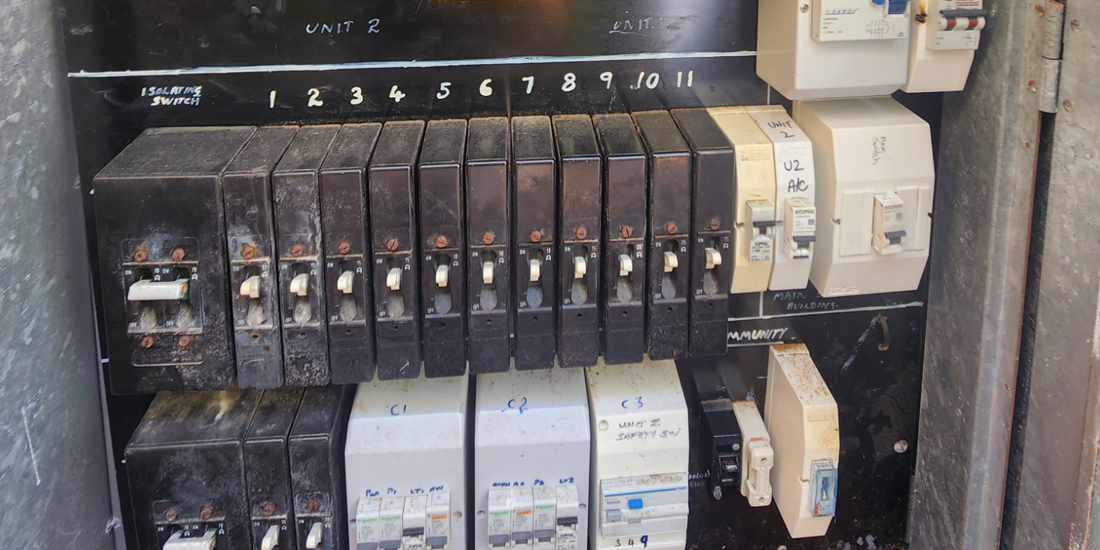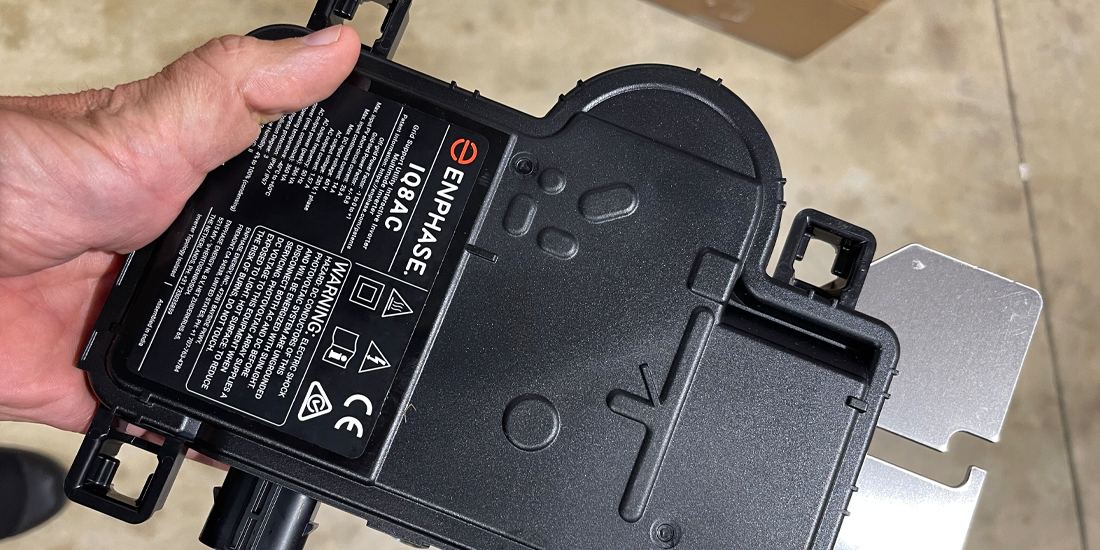HOME BATTERY SUBSIDY
Interested in learning more about the home battery subsidy? We’re ready to support homes in our area of operations. Learn more about the subsidy here.
Interested in a solar solution on the Sunshine Coast? Solar solutions are a significant implementation – there are quite a few considerations involved. Our solar design process will help. It all begins with a free consultation and quote – simply contact our team to get started. We work together with you to appraise and understand the considerations in your solar project to create a customised solution for your rooftop.
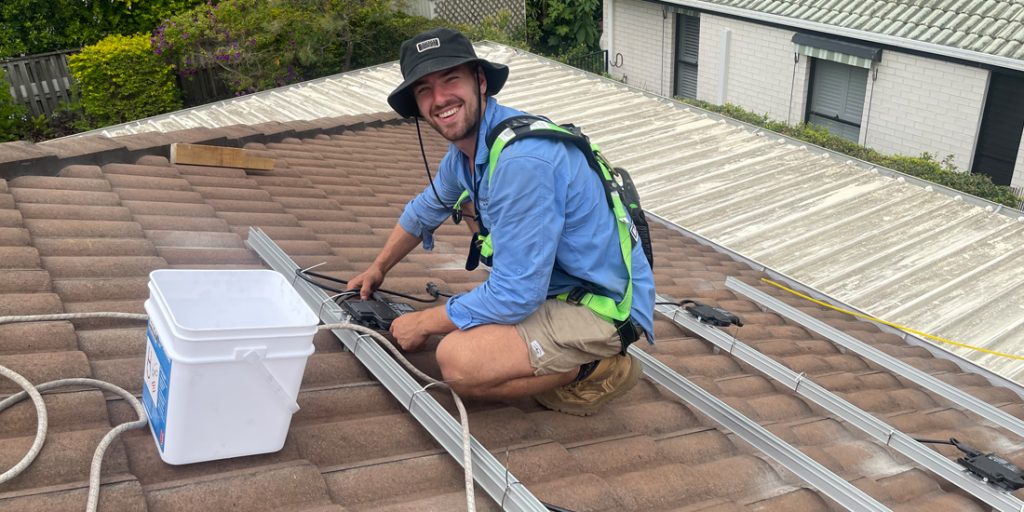
Solar Design Process
Our solar design process will help you to understand:
- Your current and future energy needs
- Understanding different approaches to solar
- Determine your objectives RE grid power
- Understanding Return on Investment
- Evaluate your rooftop capacity
- The key considerations of implementation
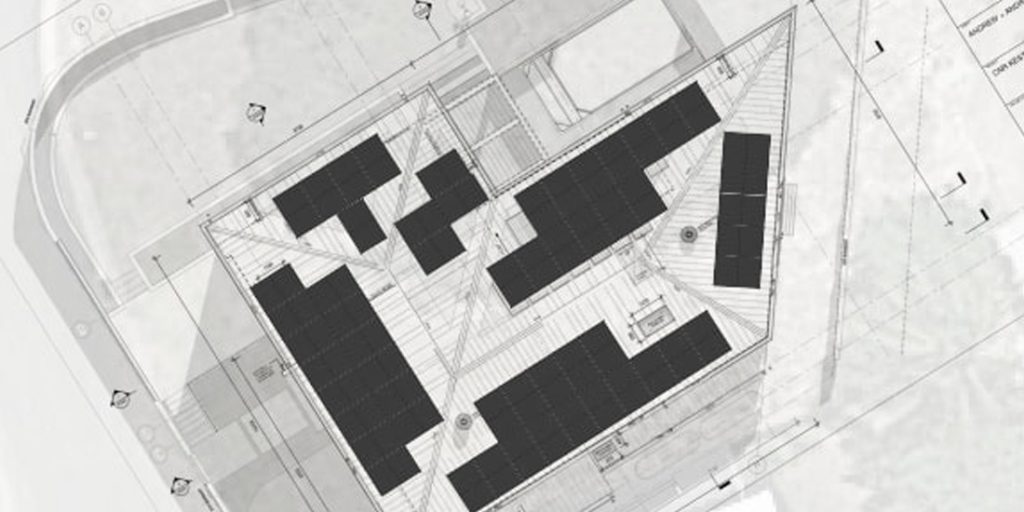
Our Approach to Solar
We approach every solar installation as a unique project. We customise our solutions to suit your home or business. Read more about our solar solutions here.
How to Get Started
Simply contact us below to organise a free solar design consultation and quote. It’s a simple and rapid process which we think is a great way to start to the solar journey – by being informed and aware of the important considerations involved in solar for your home or business.
Book a Free Solar Consultation
If you’re interested in learning more about solar solutions or getting a quote, please contact our team. We service Noosa and surrounding suburbs.


